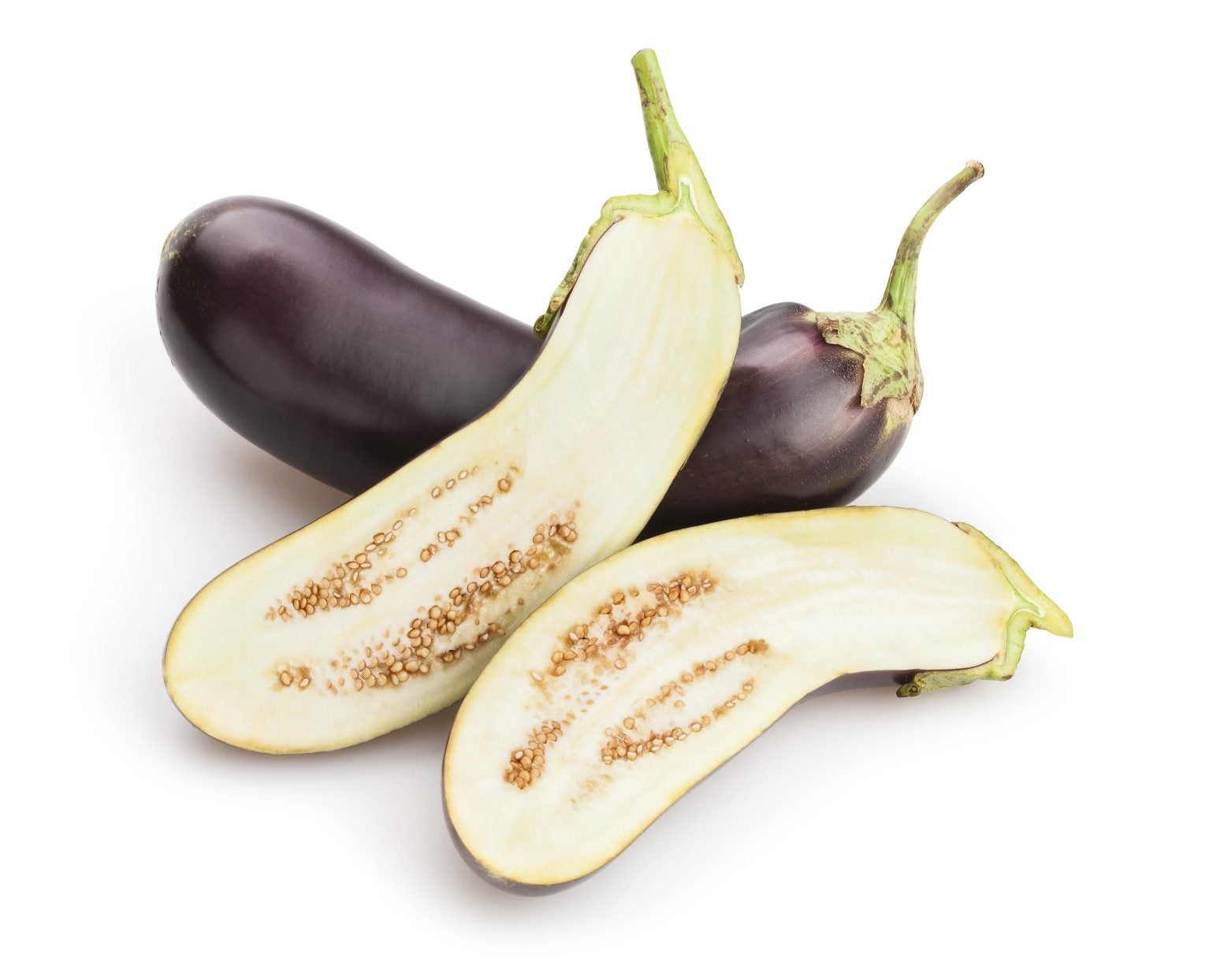Eggplant Seed Saving Tips: Harvesting And Saving Seeds From Eggplant


If you are a gardener who enjoys a challenge and gets pleasure out of growing your own food from scratch, then saving seeds from eggplant will be right up your alley. Follow the guidelines listed below and grow your own delicious eggplants every year.
How to Save Eggplant Seeds
The most important thing to remember regarding saving seeds from eggplant is to start with open-pollinated plants. Open pollination is pollination by wind, insects, birds, or other natural causes. If you use seeds from a hybrid eggplant, it won't work. Look at the plant label on the container or ask someone at the nursery if you have an open-pollinated plant. When you're collecting eggplant seeds, grow only one type of eggplant in a given area. This is because eggplants that are cross-pollinated produce genetically variable seeds and possibly inedible fruit the following year. Keep your particular eggplant variety at least 50 feet (15 m.) away from any other type of eggplants to ensure you get the same kind.
Collecting Eggplant Seeds
Wait until the eggplant is overripe and inedible before you start collecting eggplant seeds. The eggplant should look dull and off colored. Overripe purple eggplants turn tan or brown while white and green eggplants take on a yellowish hue. An overripe eggplant is typically hard and shriveled. Slice open the eggplant and separate the flesh from the seeds. Put the seeds in a bowl of water and wash the pulp away. Strain the seeds, pat them dry, and spread them out on a tray to dry not more than two seeds thick.
Tips on Saving Eggplant Seeds for Next Year
There are a number of important eggplant seed saving tips you must follow if you want viable seeds to plant the following spring. Make sure the seeds are thoroughly dry before you store them. Put them in a cool place out of the sun where the humidity can be maintained between 20 and 40 percent. The drying process may take two to four weeks. After you put the seeds in a jar for the winter, watch for moisture build up in the jar. If you see the jar sweating, your seeds are too wet and at risk of becoming moldy and useless. Add some silica gel capsules or another desiccant imminently to save wet seeds. If you choose not to store them in a jar, you'll need to figure out a way to protect your seeds from insects. Consider a sturdy zip-locking plastic bag in this case, but ensure the seeds are completely dry. If you have ever wondered how to save eggplant seeds, you now know that it isn’t very difficult. You just need to protect your open-pollinated eggplant variety from cross-pollination, harvest when the seeds are mature, and dry thoroughly. It’s fun! Your eggplant growing independence is just ahead of you.
Sign up for the Gardening Know How newsletter today and receive a free copy of our e-book "How to Grow Delicious Tomatoes".

Karen Boness is the founder of Wild Willow Design, an Australia-based company that specializes in ecological landscape design.